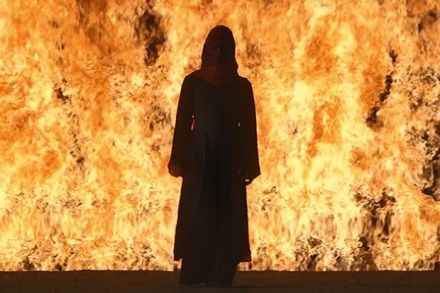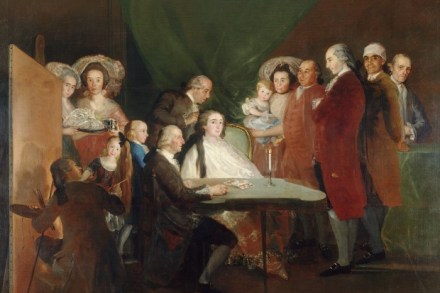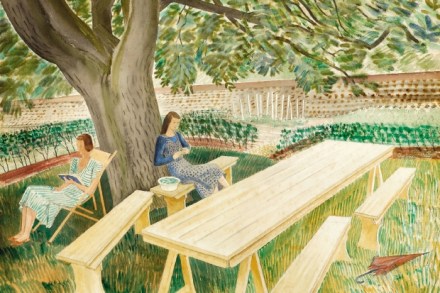What is it about Bill Viola’s films that reduce grown-ups to tears?
Even the most down-to-earth people get emotional about Bill Viola’s videos. Clare Lilley of Yorkshire Sculpture Park (YSP) seems close to tears as she takes me round his new show. Lilley is the show’s curator. She’s usually so matter-of-fact, but when she talks about Viola her eyes light up. When she took her two teenage daughters to his studio in Los Angeles, she tells me, they both cried when they saw his films. I like to think I’m made of sterner stuff, but when she leaves me in the Sculpture Park’s Underground Gallery, where Viola is on show, after a few minutes in there on my own I’m blubbing like



















